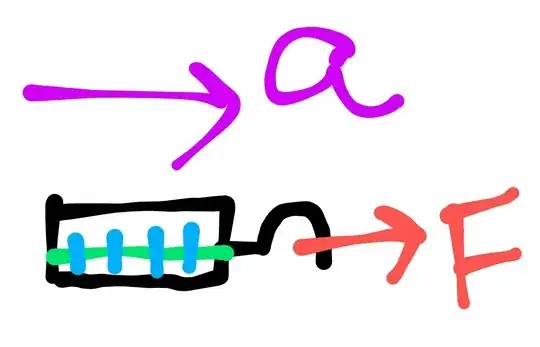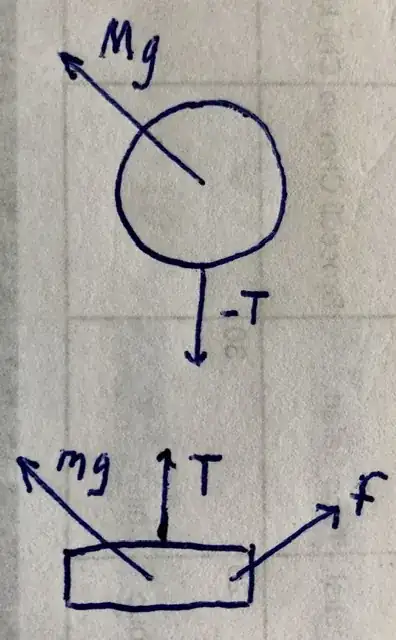Einstein told us that a spring balance under free fall shows zero deflection and thus derived that gravity is a curvature in the fabric of spacetime and all those stuffs.
Now let's assume we have a spring balance in gravity-free space (though there is a gravitational force between me and the balance) as shown below. If we somehow apply a horizontal force on the hook or pan using my fingers and with no opposing force on the spring, it starts accelerating in the direction of the force. Will the pointer show any deflection ?

No, and to get any deflection we need to apply another force in the opposite direction so that it doesn't accelerate and the spring inside the balance gets stretched ¹.
So does it mean that all forces are pseudo forces like gravity or we just misunderstood gravity? Doesn't this experiment signify that all forces have some common feature? Or am I wrong somewhere?
1 : In this question OP mentioned that when the other end of a spring balance is free, it shows zero deflection.
